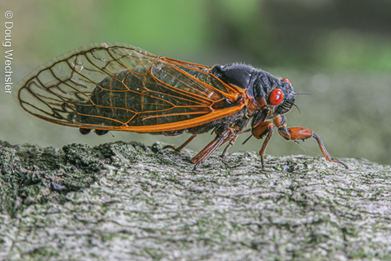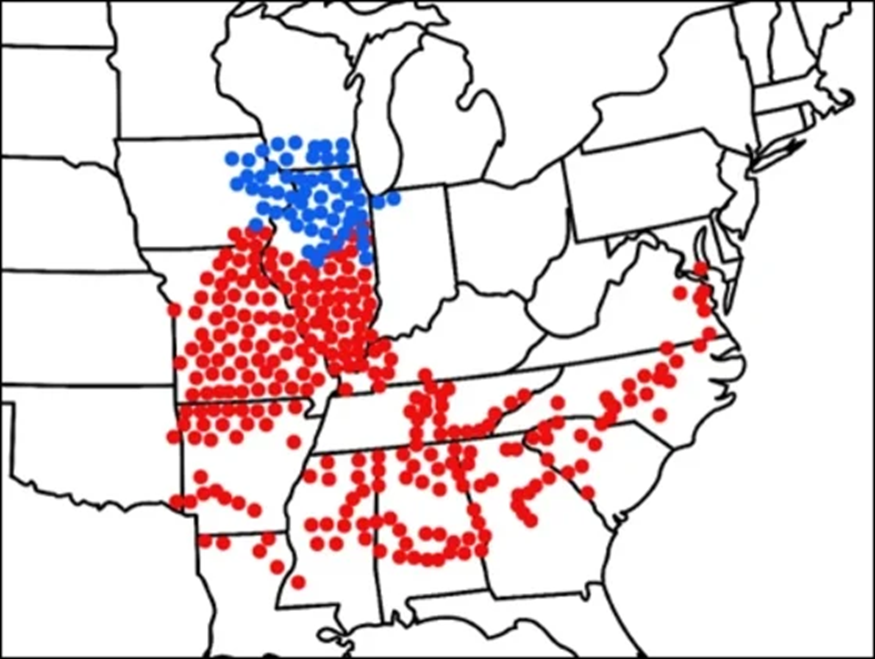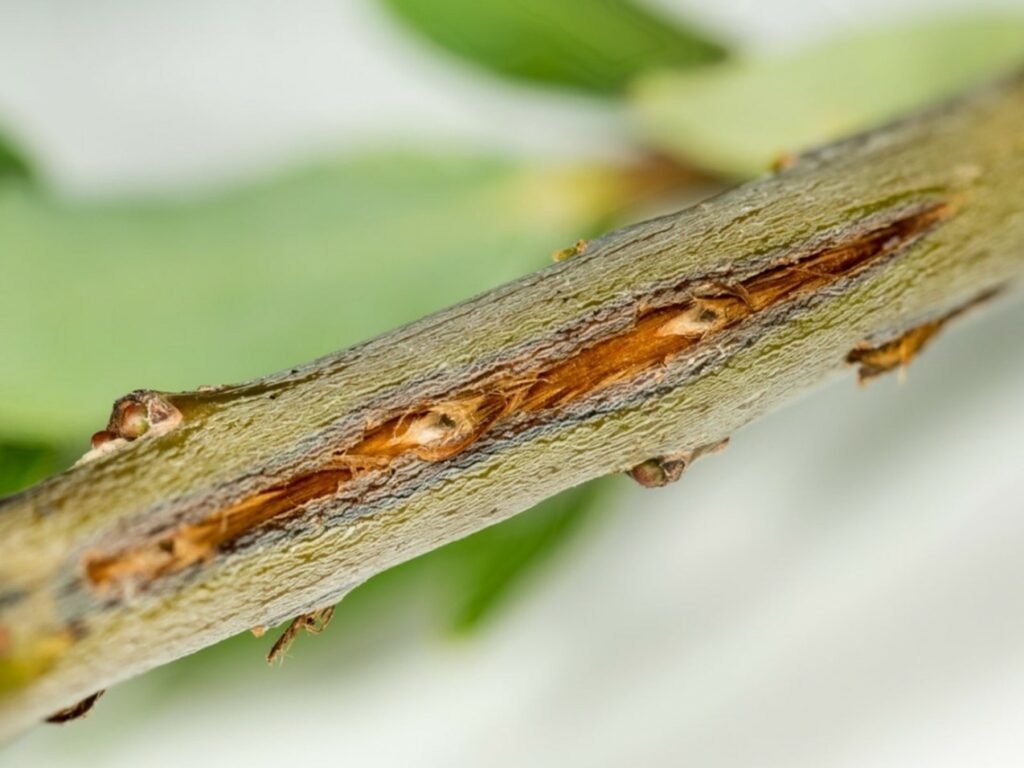Here in the Midwest, we are well familiar with the summer buzz of Annual Cicadas, the sound of their loud hum marking our summer evenings. This year, we are lucky enough to experience a once-in-a-lifetime phenomenon as two broods of Periodical Cicadas synch up to create a mega population this Spring and Summer.

Periodical Cicadas differ from our familiar annual summer Cicadas in that they have the longest lifecycles for insects. The broods that will be emerging together this year are a brood of 13-year cicadas and a brood of 17-year cicadas. These insects hang out in the ground for years until it is their time to emerge, mate over a few of weeks, lay eggs, then drop as hatched nymphs to start the long underground cycle all over again. This year’s cicada groups, known as Brood XIII and Brood XIX, happened to make their homes adjacent to one another, with a narrow overlap area. Both broods are expected to be active mid-May through late June. The last time these two broods emerged together was in 1803 when Thomas Jefferson was president and after this year, it won’t happen again for another 221 years!
Map of emergence of Brood XIX (in red) and Brood XIII (in blue)

What to expect
- Large volumes of Periodical Cicadas are expected to be buzzing around for 4-6 weeks this spring, as well as our annual, summer Cicadas in smaller quantities through the months of July-Sept.
- Cicadas do not bite or bother people or animals, nor do they infest homes.
- Cicadas do not feed on leaves. Their diet is strictly liquid as active adults.
- Damage to trees occurs in the egg-laying stage when they create small slits in the bark to lay their eggs. This shouldn’t injure mature trees to the point of stress, but small trees could be affected and/or become stressed.
What to do?
- Insecticides are not recommended. The effectiveness of control is questionable due to the volumes of Cicadas expected.
- Alternatively, you can use a heavy stream of a water hose to knock off any active Cicadas. This is a temporary fix and would need to be repeated frequently.
- If you have small trees or shrubs, physical barriers are recommended- wrapping them with mesh, cheesecloth, or small netting during the active Cicada weeks.
- Don’t neglect good tree care such as proper watering & mulching.
- Add your young trees to our organic fertilizer program through the growing season to help reduce stress.
Contact us at Cherokee Tree Care to see how we can help with the trees and shrubs on your property!
Egg-laying damage to a small limb from Cicadas


